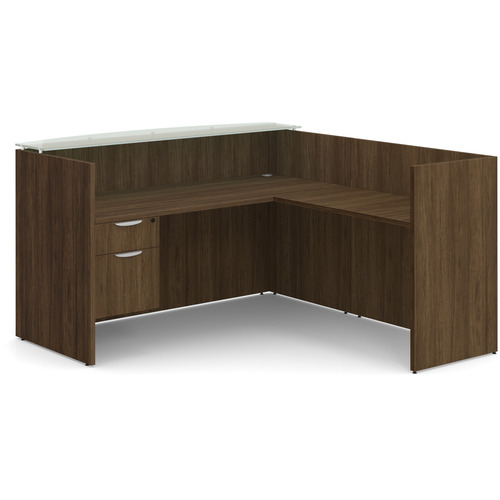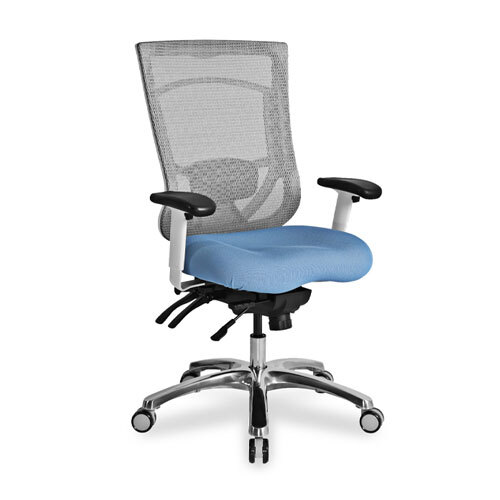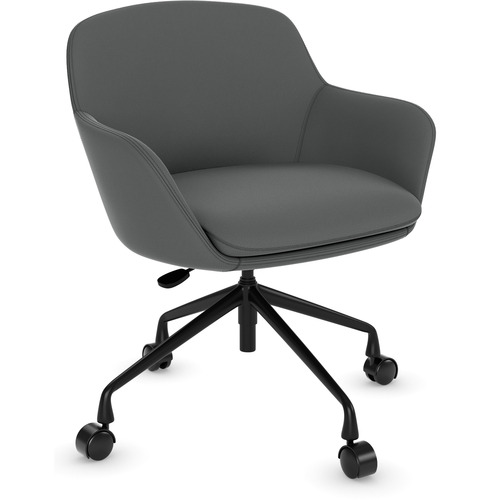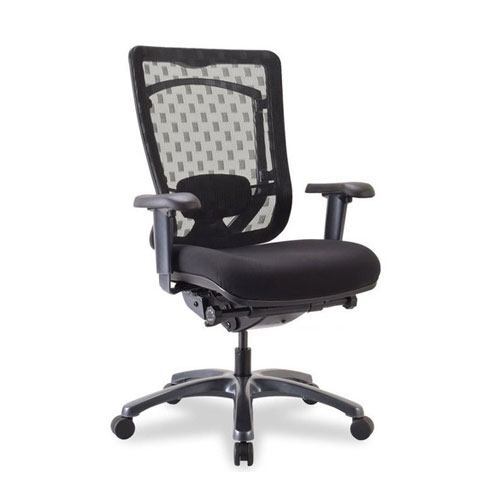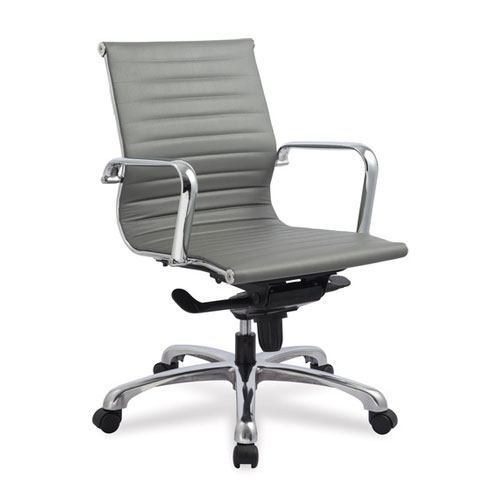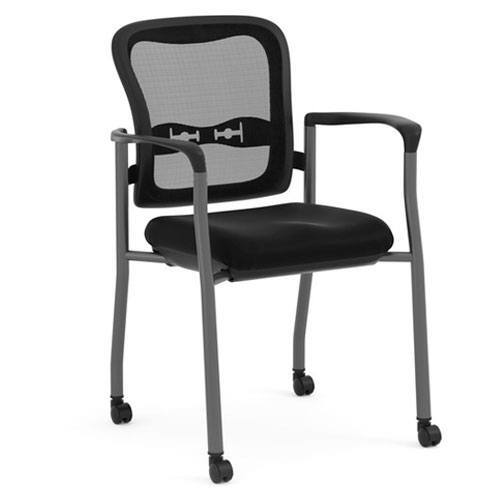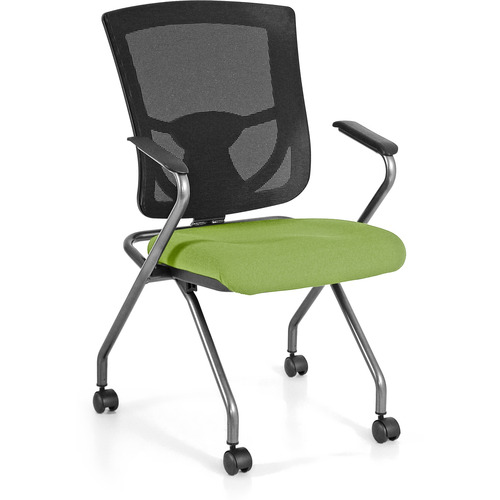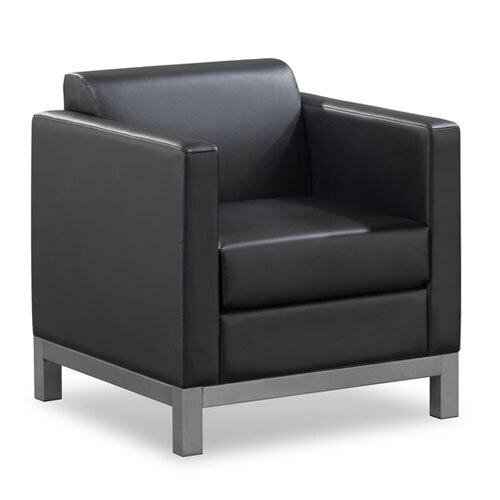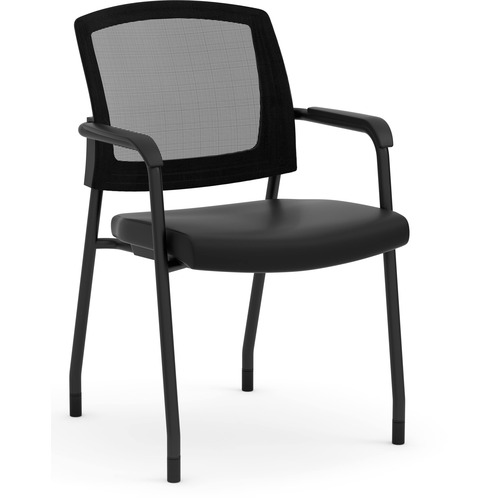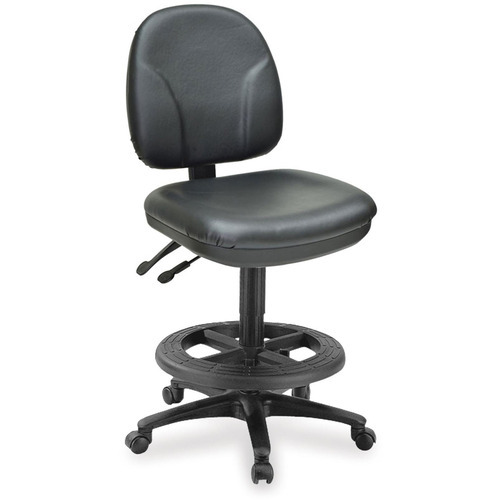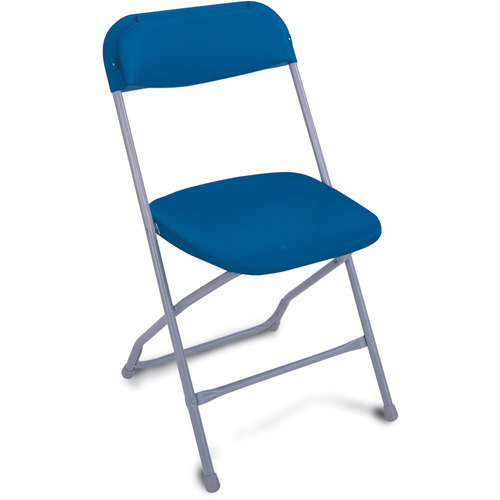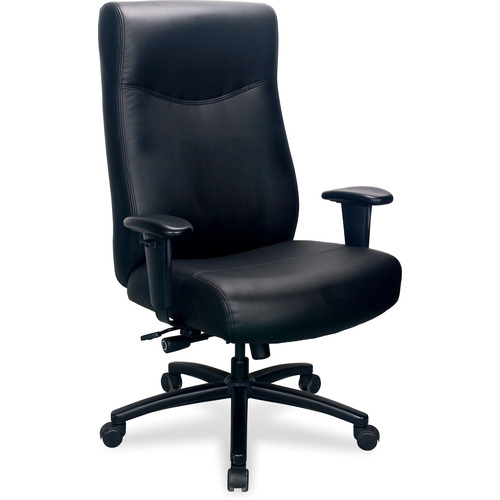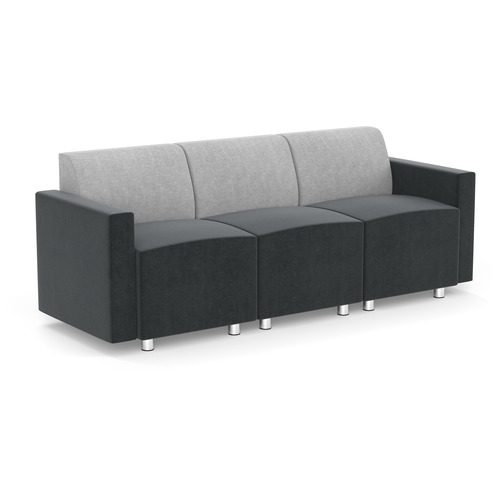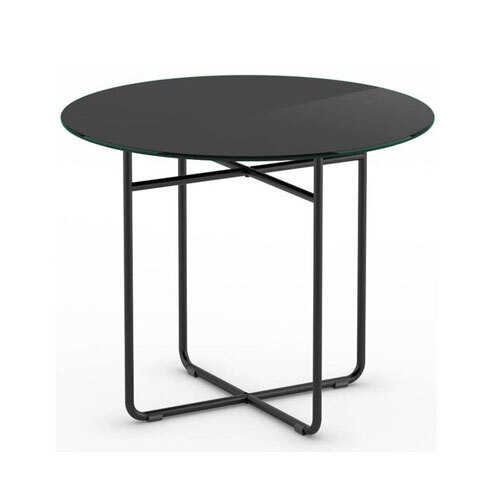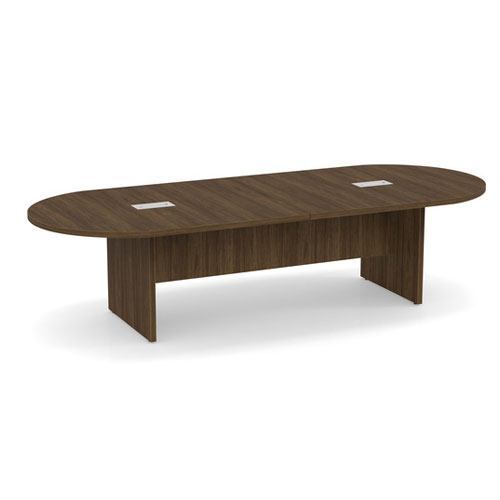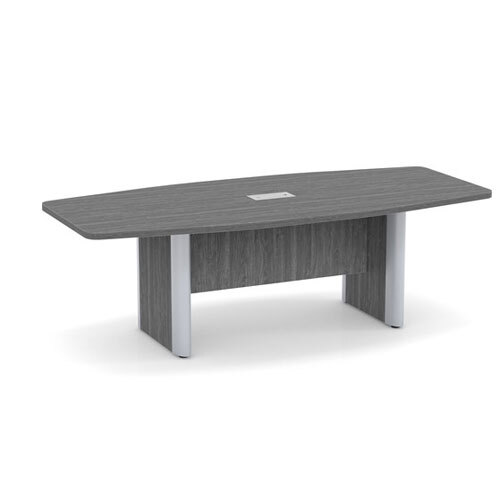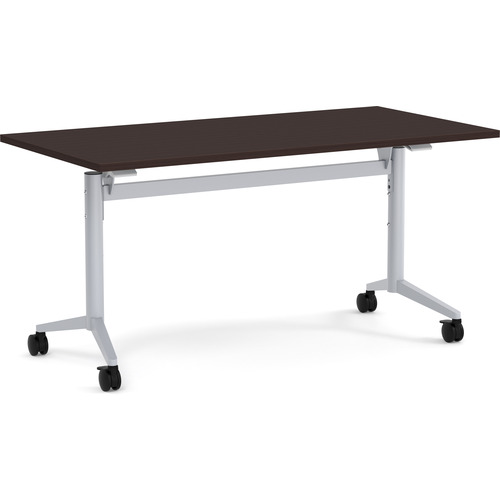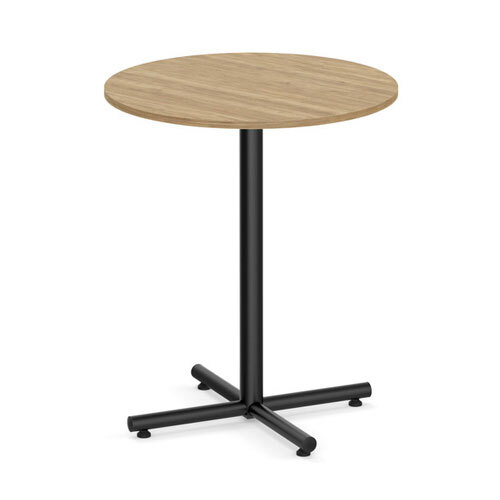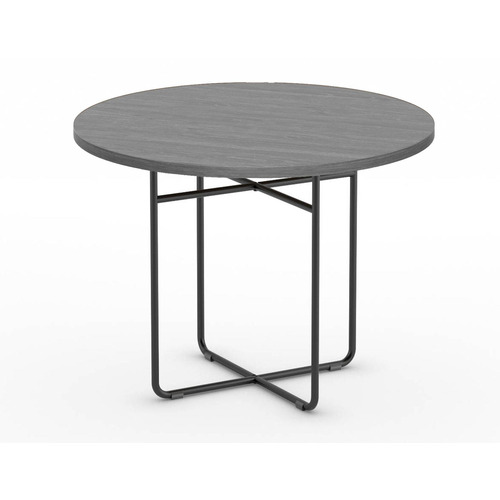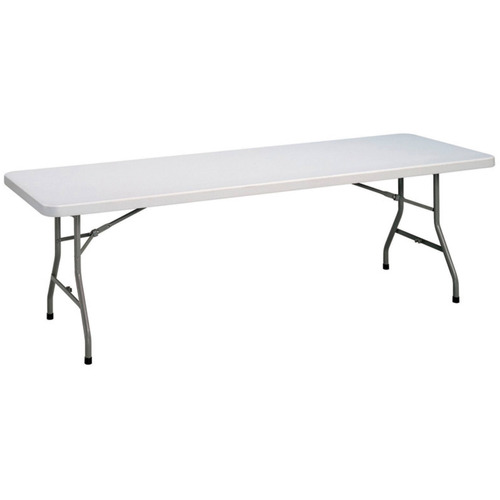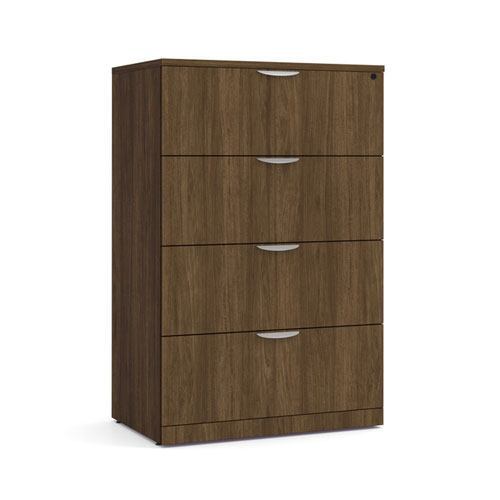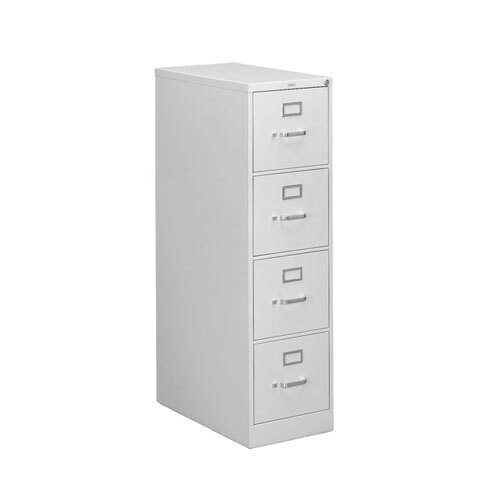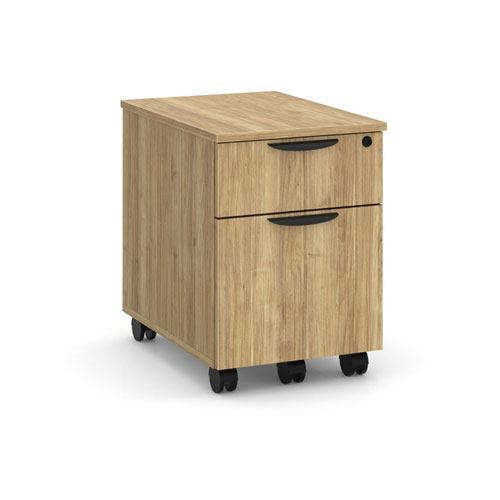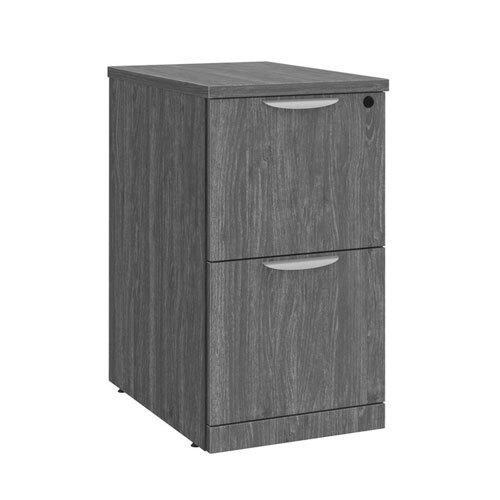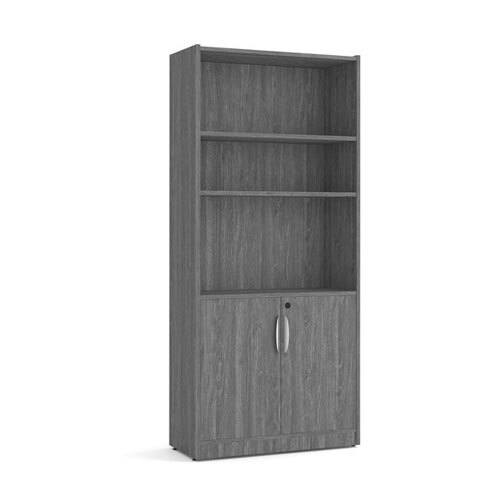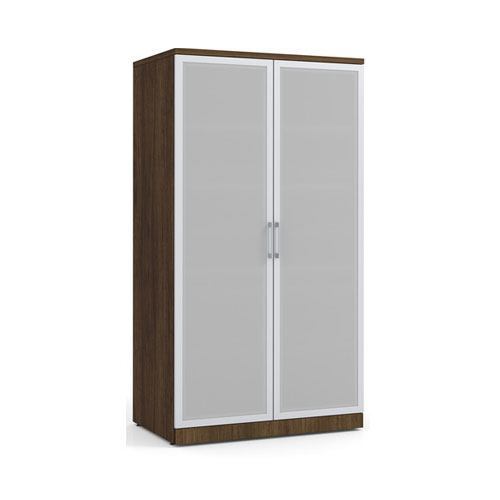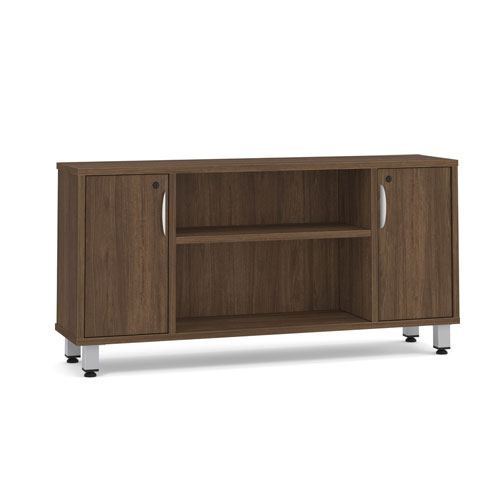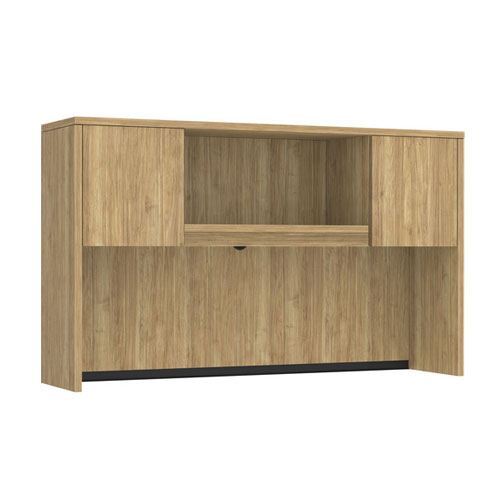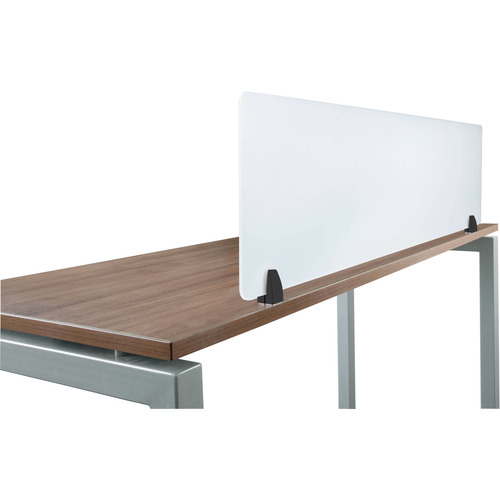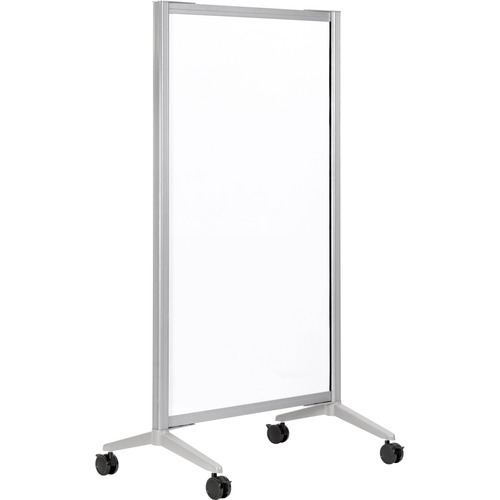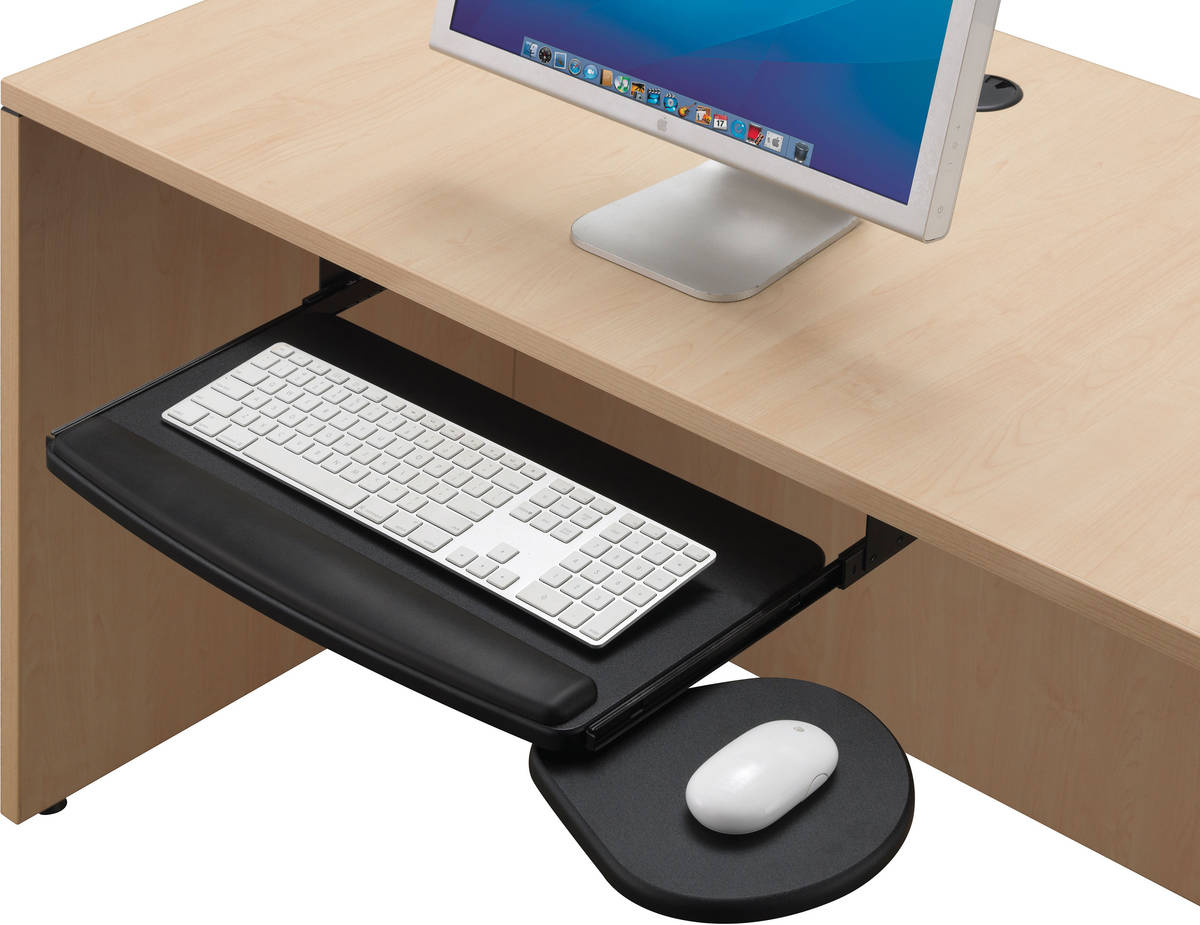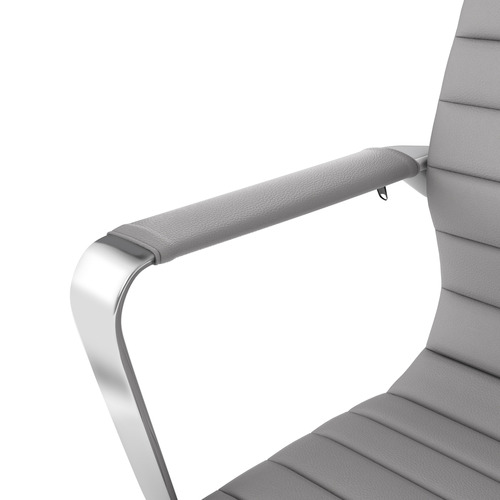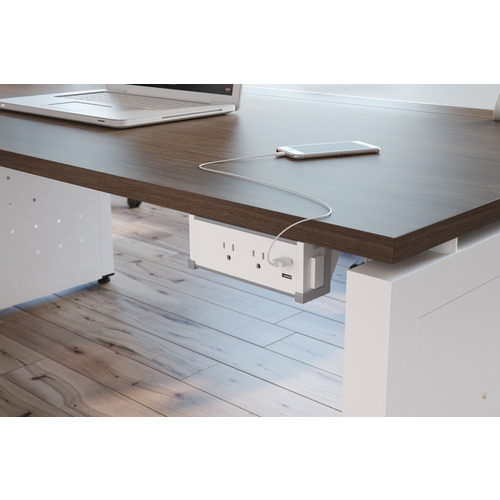When people talk about office chairs, they’re mostly likely referring to task chairs. These are the pieces of furniture that are usually paired with a desk or workstation, used only by one person, and are vital for productivity. Specifically developed for comfort and mobility, tasks chairs are meant to support office workers for the entire day. Therefore, they come with more adjustments and ergonomic features than other chairs, and are on wheels so people can easily reach things they need without having to get up.
History of the Task Chair
The task chair we all know today is a product of trail-and-error and constant product development that took place over multiple decades. The first mobile task chair was essentially an armchair on wheels and was created to improve mobility around a workspace by allowing users to move without standing up. Whether you’re reaching for a pen or pad of paper, the task chair was designed for accessibility and easy maneuvering, making way for increased productivity and function. Task chairs quickly became an important part of the workplace primarily because it allowed employees to work for longer, while preventing fatigue.
As the years went on, the task chair was subject to multiple iterations, all of which are a product of the task chair before it. In 1976, Bill Stumpf, a designer at Herman Miller, pioneered the Ergon Chair. This iconic chair was the first ever task chair designed for the health and well-being of the human body. It featured a foam seat and back, height and tilt levers, and five-prong legs with castors. This design is the most recognizable and representative of what we see today.
In more recent years, adaptations of the task chair have focused more on posture and support for the human body. They’re constructed with multiple adjustments settings that provide a customized support system to fit your specific body. Task chairs are also being made with fabrics that promote breathability and help regulate body temperature. As more time is spent sitting down, emphasis on ergonomics is key to creating a healthy workplace, which could mean more development of the task chair in the future.
What’s the Difference Between an Office Chair and a Task Chair?
The category of “office chair” is large and encompasses any chair that has a regular function in an office. This includes task chairs, executive chairs, guest chairs, reception chairs, and boardroom chairs. As such, there is a wide range of prices, sizes and adjustments available in office chairs.
Task chairs, on the other hand, specifically refer to personal chairs office workers sit on for most of their work day, usually at a desk or a personal workstation. Because task chairs are meant to act as support for long stretches at a time – sometimes an entire 8-hour workday – they come with multiple adjustments to allow the person sitting in them to make them as customized and comfortable as possible.
They’re not as fancy as executive chairs, which tend to be made with premium material such as leather, and which have higher backrests and often headrests. Taskchairs often have to fit in a smaller workspace, so they need to be more compact and have a smaller profile.
Ergonomics
Because we spend so much of our time doing our jobs while sitting in our task chairs, it’s crucial that our chair provides a comfortable, supported experience. Otherwise, we can develop chronic pain that will not only affect our ability to perform, but also our enjoyment of life outside work. Whether you spend your off-hours streaming shows, working in your garden or shuttling your kids from activity to activity, you’d be much more comfortable if you didn’t have to also deal with carpal tunnel syndrome or additional back pain that come from sitting in an uncomfortable position all day.
When looking for an ergonomic task chair, look for these features and adjustments:
Backrest
A backrest supports the natural curve of your spine. This can be achieved through the moulded shape of the backrest, paired with adjustable lumbar support. A supportive backrest takes pressure and stress off your back, allowing you to sit with proper posture for longer.
Seat Height
Ergonomic task chairs have adjustable seat heights, which allows you to modify the height of your chair relative to the floor and to the desk. Most ergonomic models recommend that your arms can be at an 80° to 100° angle relative to your working surface, and a chair that is too tall or too short would affect the angle of your arms. It would also affect the angle of your hips and your knees, making for an extremely uncomfortable working experience. You could accommodate a chair that’s at an unsuitable height with a footrest and height-adjustable desk, but having the ability to easily change the height of the chair allows you to customize your chair for comfort.
Seat Depth
Seat depth is usually the last feature people think about when it comes to choosing a chair, but it can make or break a chair’s ergonomics. If the seat is too deep, people have to scoot forward in order to allow their knees to flex – so they can’t use the backrest for support. If it’s too shallow, then part of their legs will be hanging off the chair without any support, putting more pressure on the back and pelvis. A task chair with an adjustable seat depth will help accommodate most sizes. People who require larger seats may want an executive chair, which tends to be bigger, or a specialized Big and Tall chair.
Seat Width
There’s a lot of focus on finding a seat that’s wide enough to fit your body, and the temptation would be to purchase a chair that’s wider than you require, “just in case”. However, a chair with a seat that’s too wide comes with its own set of potential issues. When a seat is too wide, there is a tendency for the user to lean one way or the other for support, or to rest overly on one side of their body, resulting in an unequal loading of pressure on the muscles and tissues. A seat that’s too wide also means the armrests will be too far apart, making the user reach for them and set their arms and shoulders at an uncomfortable angle.
Armrests
As expected from the name, armrests support your arms by guiding them to be in the optimal position when working. When your arms are relaxed and supported, it eases the tension that could otherwise build in your shoulders and neck when those are the muscles that are holding your arms in position. When set at the right height for your body and your desk, they also help encourage good posture, since you need to be sitting upright to set your arms on them. They even give extra help when you get up of your chair when you push on them to get up.
The key term to all these benefits is “when set at the right height for your body and your desk”. If set at the incorrect height, armrests will not only will not give any of the benefits listed above, but they might also even cause injury by putting your body in an awkward position for long periods of time. Therefore, it’s imperative to find a task chair that has adjustable armrests, so you can set the height to one that’s the right one for you.
That said, some task chairs don’t have armrests at all. In some cases, it’s a design decision. More often, it’s a practical one. People who use task chairs tend to work in smaller personal spaces than those with their own office, and armrests might make their space feel more confined than it is. A task chair without armrests opens up the space around the person using the chair. Another reason why a task chair might not have armrests is to allow more movement while sitting. For someone who’s constantly having to reach for things, or just wants more room to move, a task chair with armrests would restrict the range of motion. These people might want to opt for a task chair without armrests instead.
What to Look for When Buying a Task Chair
With so many adjustments and options available on a task chair, it might feel overwhelming to go through countless options of what just appears to be a black chair. However, not all chairs are created the same. Here are a few simple things to consider when buying a task chair:
Comfort
Since you’ll be spending so much time sitting on your task chair, comfort is key. Many chairs can be bought online, but if possible, try to go into a store to try out the fit for yourself. Sometimes it takes the ability to feel the cushion under you to determine which product will fit you the best.
Size
As noted in the ergonomics section above, size – especially seat size – is a key part in the comfortability of the task chair. A chair that’s too small won’t give you enough support, but one that is too large will encourage bad habits such as leaning or favouring one side over the other, leading to future back and hip pain.
Adjustability
What adjustable features does your prospective task chair have? Will it allow you to customize the chair settings to best support your thighs, your arms and your back? If it doesn’t, do the non-adjustable parts fit your body? These are all question to ask to find the perfect task chair for you.
Lumbar/back support
Look for a task chair with a back that follows the curve of your spine. Most will have adjustable lumbar support so you can set it to mould to your body.
Durability
Your task chair will be one of your most important partners at work, and you’ll need it to perform at its best for as long as possible. Look for a base that’ll accommodate your weight and size and a high rub rating, which is a measure of durability that simulates the rubbing against the seat that happens when you sit down on and get up from your chair. A rub rating of 50,000, for example, means you’d be able to get up and sit down 50,000 times before the seat starts to show signs of wear or the yarn between the fabric starts to fray.
Look
If you work a regular 9 to five day, five days a week, you’ll see your task chair more than you see your loved ones. Find a task chair that won’t be an eyesore in your personal space. Although they all might look the same at first glance, task chairs may have slightly different profiles to appeal to your sense of aesthetics. Some also come with different-coloured backs and seats so you can have a pop of colour in an otherwise neutral office, or can match the colour scheme of your personal workspace.
Warranty
In general, a task chair doesn’t have a lot of moving parts that could break, but the fact that it’s used so often and for such long periods subjects it to wear and tear. Most manufacturers won’t have a blanket warranty for all parts of the chair, but many will have warranties on different parts of the chair including casters, seat, back, and frame.
If a comprehensive warranty is important to you, be sure to read the full terms and conditions. Some may become invalid if you rent out the chair or if you are not the original owner of the chair.
 235 EC2 Series
235 EC2 Series
 Atlas Series
Atlas Series
 AX Series
AX Series
 Comformatic Series
Comformatic Series
 CoolMesh Pro Plus Series
CoolMesh Pro Plus Series
 CoolMesh Pro Series
CoolMesh Pro Series
 CoolMesh Series
CoolMesh Series
 CoolMesh Value Series
CoolMesh Value Series
 Crescent Series
Crescent Series
 CXO Series
CXO Series
 Entice Series
Entice Series
 Harmony Series
Harmony Series
 Hendryx Series
Hendryx Series
 Hugo Series
Hugo Series
 Ignition 2.0 Series
Ignition 2.0 Series
 Jazz Series
Jazz Series
 Loop Series
Loop Series
 Lovan Series
Lovan Series
 Mario Series
Mario Series
 Marlie Series
Marlie Series
 NEXT Series
NEXT Series
 Nucleus Series
Nucleus Series
 Presider Series
Presider Series
 Propel Series
Propel Series
 Sense Series
Sense Series
 Solve Series
Solve Series
 Spice Tilter
Spice Tilter





